What to Plant in a Victory Garden
Let’s talk about what to plant in a victory garden. The victory garden once played a vital role in our nation, where they helped feed millions of Americans at home, as well as those fighting overseas. After WWII came to an end, the government didn’t see much of a need for them anymore, and they slowly began to die out.
Yet, a few Americans still carried on with them, some even to this day. Your grandmother or grandfather may have been one of them and passed their love for gardening down to you. Please stock up on garden seeds, this is where I buy mine: SeedsNow
What to Plant in a Victory Garden
There’s also the chance that you may not even know what a victory garden is, but could be interested in getting one started’s if you understood the why’s and how’s. After all, we’re facing tough times once again, and planting a victory garden is something I’d strongly encourage. I’ll share with you their history, several interesting facts about them, and what you need to plant in your very own victory garden.
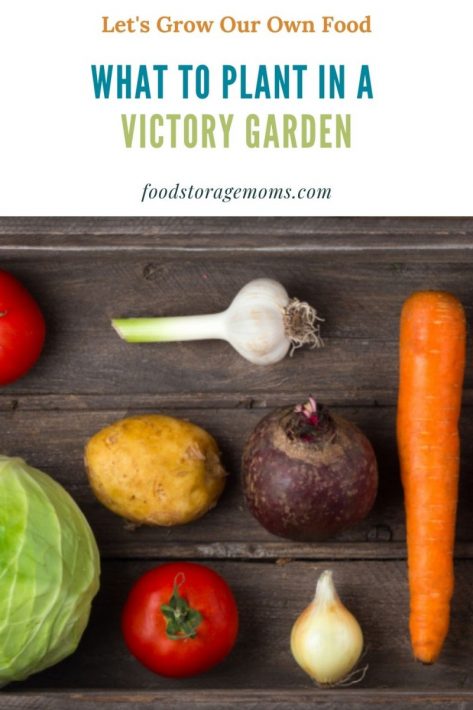
History of the Victory Garden
Victory Gardens have been around with us for well over 100 years. They were first introduced and promoted during WWI but were especially important during WWII. During this time they were referred to as “war gardens.”
These gardens were a way in which every American citizen could help with the war effort, and ensure that there wasn’t a food shortage during those challenging times. It was certainly a morale booster, where every civilian felt that they had an important role to play.
People would plant these gardens in vacant lots, city parks, playgrounds, churchyards, and many times, in their own backyards. Some U.S citizens took it a step further and even plowed up their front lawns to help in contributing to the food supply.
They played a key role in making sure that everyone on the homefront and the soldiers fighting overseas had plenty of food to eat.
Fun Facts
- In 1943, there were over 20 million gardens scattered throughout the country that were producing as much as 8 million tons of food.
- In Golden Gate Park alone, there were over 800 victory gardens growing vegetables.
- During WWII, victory gardens provided 41% of all the vegetables consumed in the United States. That’s huge!
- Even Eleanor Roosevelt, who went against what the Department of Agriculture advised, planted her own victory garden in the White House lawn.
Victory Gardens Today
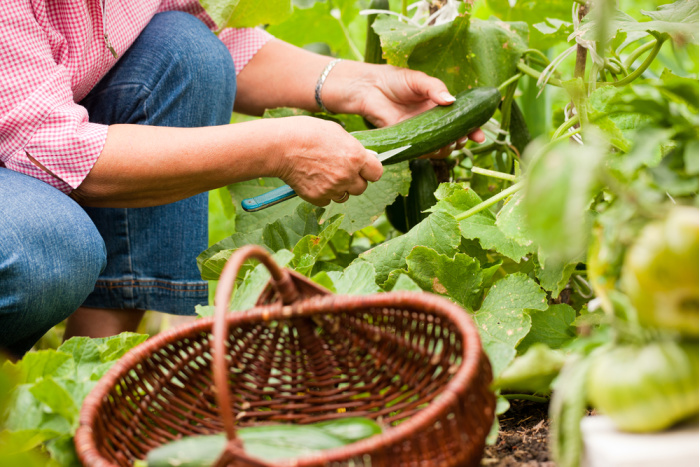
Victory gardens were more than just about feeding people. They were viewed as a way for Americans to stop relying on others for their food supply. That was a big deal, and something that we certainly need to do a better job of today.
It also allowed Americans to get their hands dirty, by returning them to a more natural way of living and providing for their families, while working alongside one another in a community.
- We currently may not be experiencing a wartime scenario, but recent events have certainly resurged our country’s necessity for victory gardens.
- For starters, the recent pandemic depleted our local grocery store shelves, making it more challenging to go in and get what you came for.
- Most meat aisles are still currently nowhere near appropriate stock levels, along with many other goods that we look to purchase.
- So it only makes sense that we plant our own victory gardens to help stretch our nation’s food supply during these trying times.
What to Plant in Your Victory Garden
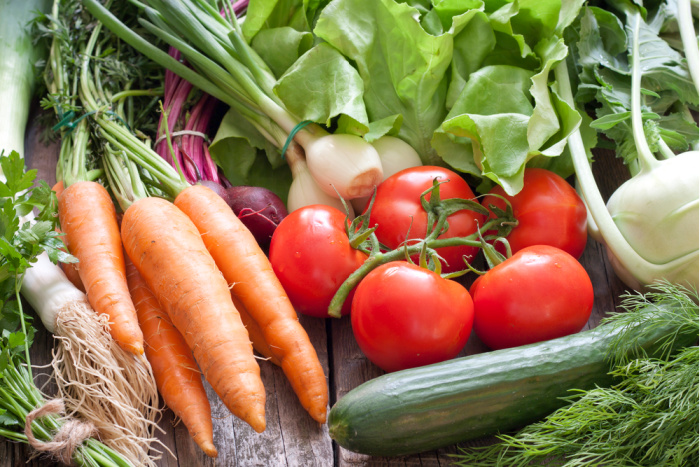
A victory garden should consist of fruits and vegetables that are easier to grow, making sure fresh vegetables are planted for harvest during their appropriate growing seasons, along with root and hardier crops that can be stored away throughout the winter.
Here’s what you could be planting during certain times of the year to keep your victory garden flourishing up until the first snowflake.
Springtime Garden
Spring gardens should include vegetables such as lettuce, carrots, onions, peas, radishes, and kale. These are all vegetables that do extremely well during cooler conditions. Click on whichever link above interests you for more details on how to plant and maintain these various vegetable crops. 25 Different Types of Carrots
Summertime Garden
You can still grow a number of the vegetables that I’ve already mentioned throughout your summer garden, just be aware that they become more difficult to grow because they prefer cooler temperatures.
Summertime garden vegetables for you to think about include corn, beans, peppers, eggplants, basil, cucumbers, tomatoes, pumpkins, muskmelons, watermelon, summer and winter squash.
Fall and Winter Garden
For your fall and wintertime garden, many of the vegetables that you planted during your spring gardens you’ll notice are fairly similar. Consider planting carrots, lettuce, radishes like you did in the spring, along with broccoli, cauliflower, beets, cabbage, spinach, parsley, parsnips, and turnips in your victory garden.
There’s even swiss chard, kohlrabi, and kale that are also extremely easy to grow, though they’re not as often talked about.
Please Check Out What To Plant Each Month:
- What To Plant In January
- What To Plant In February
- What To Plant In March
- What To Plant In April
- What To Plant In May
- What To Plant In June
- What To Plant In July
- What To Plant In August
- What To Plant In September
- What To Plant In October
Final Word
It’s a great feeling not having to rely so much on others for your every need, and gardening is one of those ways of doing that. It also gives you the opportunity to get you out of the house too.
Now that you have the knowledge regarding what to plant, you can get started and “Dig for Victory” in your very own victory garden. And remember that you don’t have to confine yourself to one growing season.
If you’re already a faithful gardener, what do you find to be the most successful vegetable crop that you and your family enjoy to grow each year? What would you choose when it comes to what to plant in a victory garden? Please keep prepping, we must. May God bless this world, Linda
Copyright Images: Vegetables Deposit photos_25388211_s-2019, Garden Woman with Cucumber Deposit photos_5050434_s-2019, Garden Vegetables for Soup Deposit photos_78146246_s-2019

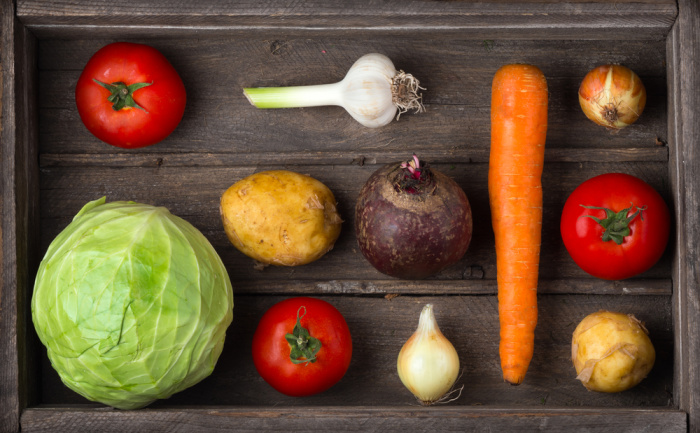

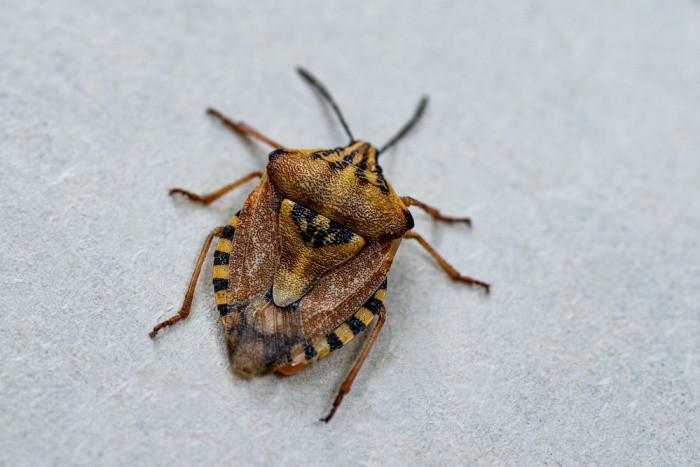
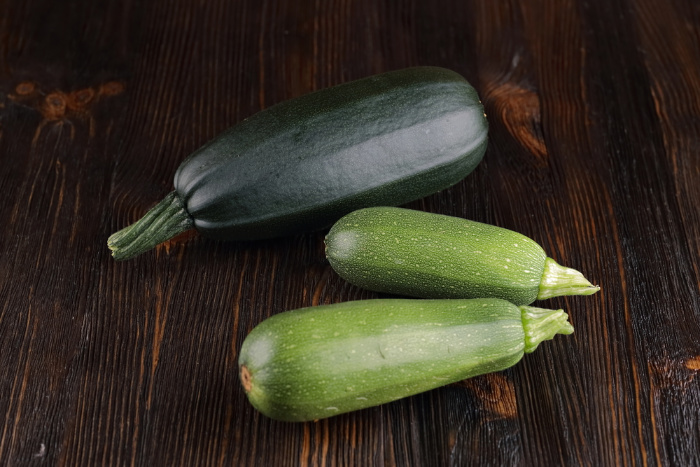
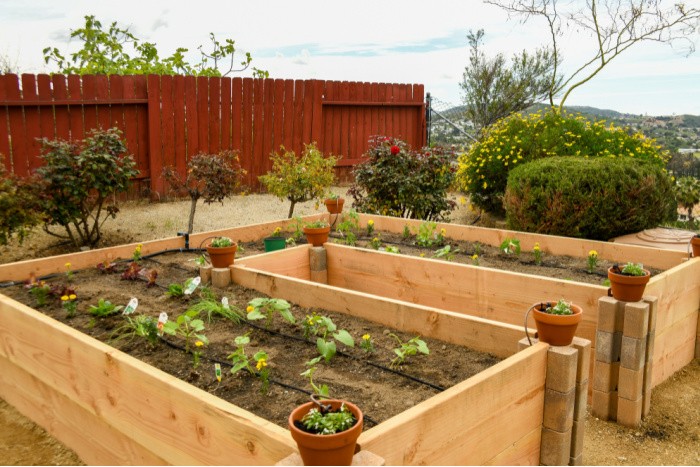
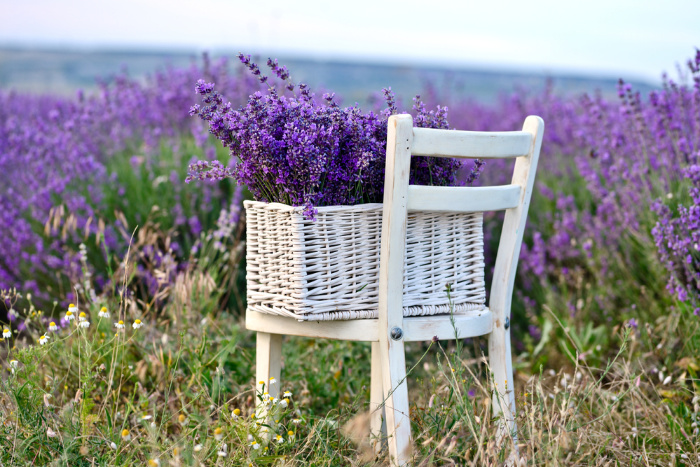
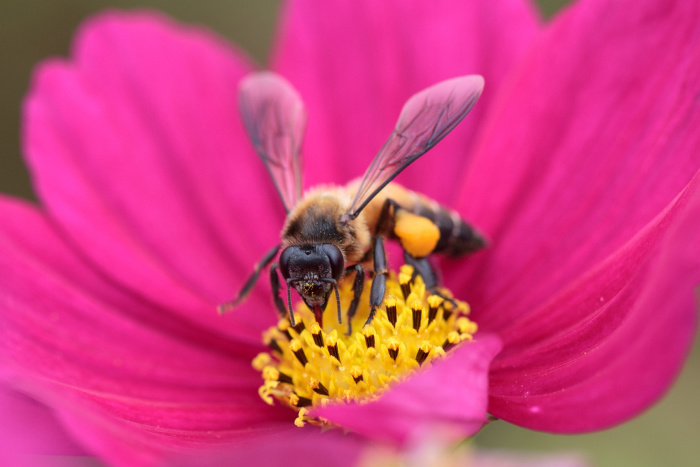
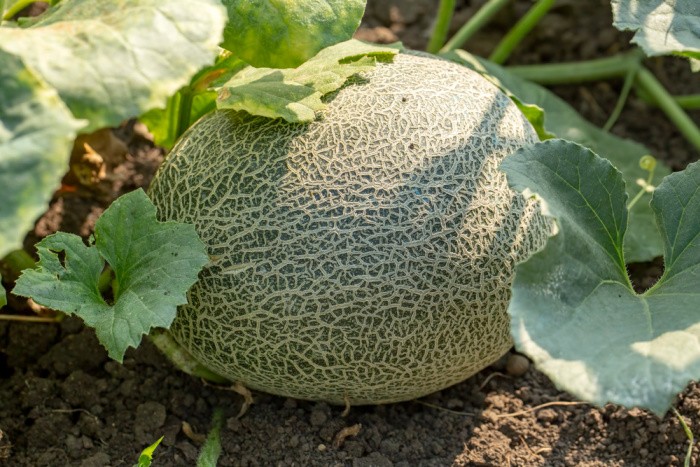













I’m really terrible at gardening. I keep trying and mostly failing every year. We did get some lettuce that turned out well this spring. The kale and broccoli flopped. Carrots and radishes did all right. Anyway, you’ve inspired me to try again with some fall planting. We’ll see!
Hi Cindy, just so you know we don’t always have great years in gardening. My carrots failed this year, crazy! I’ve never had trouble with carrots. My tomatoes always do well, radishes rocked! I even had beautiful, but small bell peppers. I had lots of zucchini which I grated and froze, yeah! It’s all about trying and not giving up. Each year we learn something we didn’t know last year. There is something awesome, I mean REALLY awesome about growing our own food. Life is good, Linda
Good Morning. bBecause I have a bad mole and mouse problem in my garden , I now plant my potatoes and carrots in very large pots. To help with this I plant my garlic in the fall and let it grow all winter. It goes dormant and in the spring begins to get active again. After harvest in the late spring/early summer , I plant potaotes. The smell of the garlic remains in the pot but dosen’t flavor the potatoes. Since doing this I have had no more loss of potatoes. I do add some new potting soil when planting the potatoes and some fertilizer. Both give good crops.
This is the first year I have done carrots in pots and thye did well . Be suure to pick the right variety when doing this.
Hi Cheryl, great tips on the garlic and the pots! Gardening is awesome in pots, raised gardens, or in the ground. Life is good when we produce some of our food. It is truly a gift, Linda
My devoted husband maintains our garden. We are currently enjoying romaine, spinach, kale, wax beans, green beans, purple cabbage, broccoli, cauliflower, zucchini, rhubarb, raspberries, strawberries, blueberries, lemon cucumbers, green cucumbers, radishes, peas, and tomatoes. Still to come are corn, potatoes, onions, garlic, carrots, and I forget what else. Plenty of herbs too. He has also planted a wide variety of flowers for the pollinators. His garden is his refuge, truly God’s gift to us. Aren’t gardens wonderful? Thank you, Linda, for sharing your knowledge and expertise.
Hi Deborah, wow, you are one lucky woman! How wonderful that your sweet husband does your gardening! I kept reading ALL the things you have grown, how exciting! Plus to have flowers for pollinators and color, talk about joy!! I LOVE this! Linda